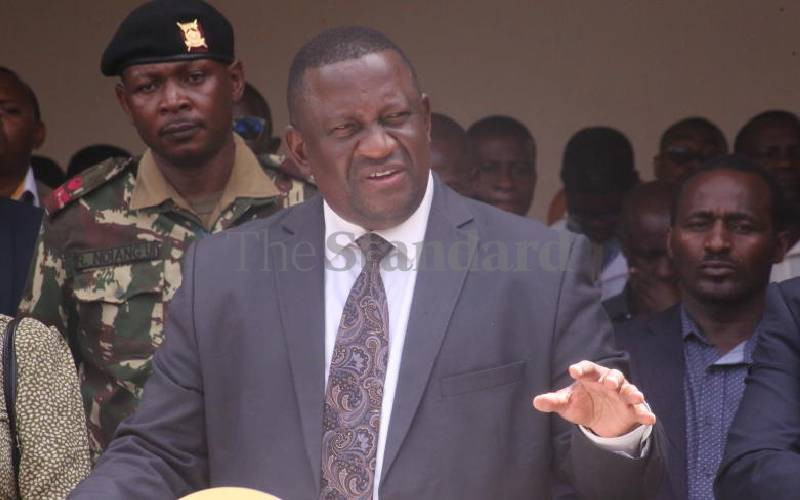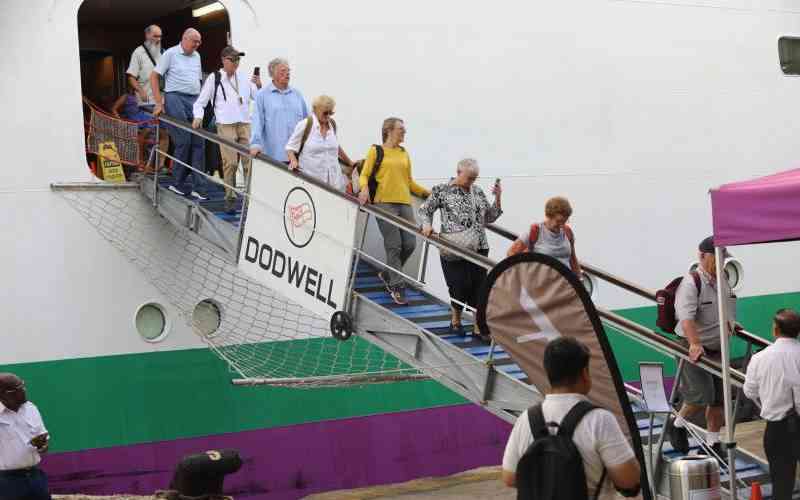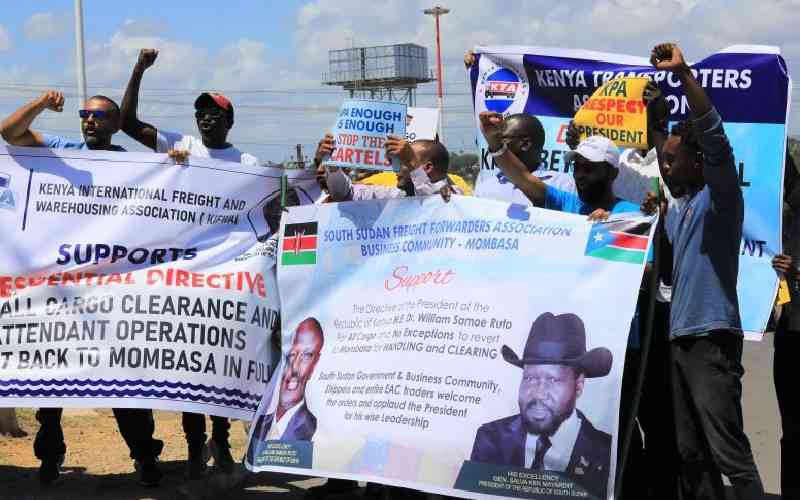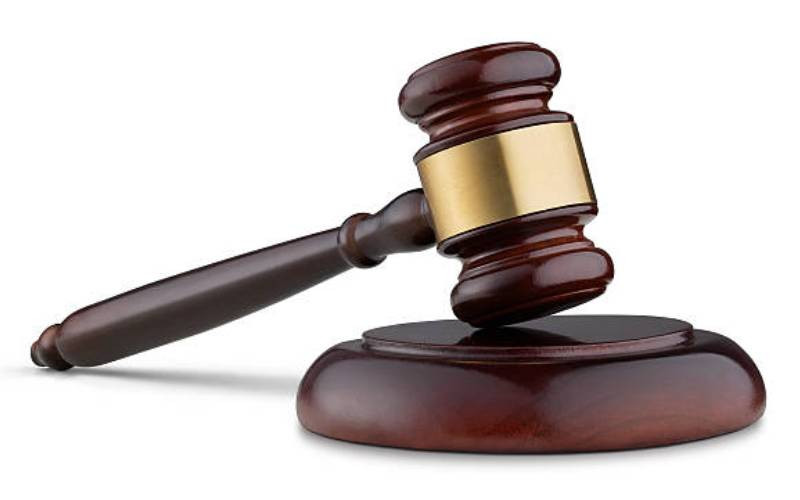It is quite disturbing that an explosive device went off in one of Mombasa’s social joints, just hours after Head of Public Service Francis Kimemia wrote a protest note to the US Government demanding that it reverses a travel advisory it had issued to all US citizens intending to visit Kenya.
What we read from this embarrassing incident, which has left the Government with an egg on the face, is that whoever is behind several bombing incidents in recent months, is quite organised, confident and appears to be ahead of Kenyan security forces in logistics, planning and intelligence.
Otherwise, why would a bomb incident occur immediately after of top civil servant in charge of national security docket, and no lesser person than Vice President Kalonzo Musyoka went on a damage control exercise to condemn the US move?
Bigger targets
We doubt that the attack in Mombasa is the one the US warned its citizens about as chatter from intelligence networks have indicated that bigger targets are on the terrorists’ hit list.
After decades of political stability, Kenya’s security intelligence is suddenly faced with an external threat in the form of Al Shabaab and other extremist groups such as the Mombasa Republican Council (MRC).
It is therefore only sensible for this Government to seek assistance in managing the menace before it gets out of hand. It is obvious that terrorist hits on Kenyan soil will soon became an issue for any foreign investor seeking to put their money here.
Further, all foreign capital already invested in the country could relocate if the Al Shabaab threat is not firmly, swiftly and permanently dealt with.
There is talk that the reason terrorists are able to carry out their heinous crime is because of a demotivated team of security and intelligence officers, a rundown and corrupt police force and a political establishment that is more concerned with its own survival wars than the good of all Kenya.
Tourism remains one of Kenya’s main foreign exchange earners and a key driver of the country’s economic growth. This is a fact that terrorist organisations in Somalia, where Kenya Defence Forces (KDF) are in operation, are well aware of.
Under these circumstances, the best strategy for the Government is to acknowledge the existence of terrorist threats as it counters them.
As matters stand, most high rise office buildings in Nairobi and Mombasa, including the Kenyatta International Conference Centre, have no sniffer dogs, no security checks at the entrances and no closed circuit TV surveillance in most of the crowded streets and pavements.
Foolhardy tactics
Mombasa and the capital Nairobi have suffered a series of grenade attacks since Kenya sent troops into Somalia to battle the Islamist group Al Shabaab.
It is, therefore, foolhardy to assume that we face no threats from the group which has maintained that it will retaliate.
Warnings by terror networks planning bombings of major buildings in Mombasa and Nairobi should be given the seriousness they deserve.
For instance, rather than hold lengthy press conferences, we need to see more training of terror police squads, foot patrols and use of modern surveillance equipment such as CCTVs to act as a deterrent to would be terror hit mobs.
While Al Shabaab has claimed responsibility for several bomb and grenade attacks on Kenya’s soil, our police is yet to crack local terror networks forming here or even be able to foil any of their plans. What we have witnessed is speeches made on the podium of public meetings with nothing to show on the ground.
It does not pay for the Government to go on the defensive each time a travel advisory is issued but instead address the security concerns raised.
Stay informed. Subscribe to our newsletter
Police and intelligence services should be provided with exceptional powers and reinforced where necessary by the armed forces.
The objective should be to isolate the terrorists from the rest of the community and to cut them off from external sources of supply. Terrorists are criminals and must be regarded and treated as such by the general public and State security agencies.
 The Standard Group Plc is a
multi-media organization with investments in media platforms spanning newspaper
print operations, television, radio broadcasting, digital and online services. The
Standard Group is recognized as a leading multi-media house in Kenya with a key
influence in matters of national and international interest.
The Standard Group Plc is a
multi-media organization with investments in media platforms spanning newspaper
print operations, television, radio broadcasting, digital and online services. The
Standard Group is recognized as a leading multi-media house in Kenya with a key
influence in matters of national and international interest.
 The Standard Group Plc is a
multi-media organization with investments in media platforms spanning newspaper
print operations, television, radio broadcasting, digital and online services. The
Standard Group is recognized as a leading multi-media house in Kenya with a key
influence in matters of national and international interest.
The Standard Group Plc is a
multi-media organization with investments in media platforms spanning newspaper
print operations, television, radio broadcasting, digital and online services. The
Standard Group is recognized as a leading multi-media house in Kenya with a key
influence in matters of national and international interest.









